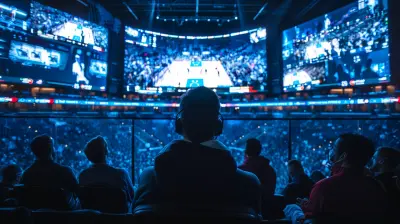Why Young Talent Is Dominating This Transfer Window
13 August 2025
The football transfer window used to be all about the big names. You know the drill—superstars in their late 20s cashing in on their prime years, and clubs splashing mega cash to sign proven players. But in recent years, there’s been a serious shift, and if you've been keeping an eye on the latest transfer buzz, you’ve probably noticed something different.
This transfer window? It’s all about youth. The spotlight isn’t just on the Mbappés or the Haalands anymore (though they’re still around); it's now shining even brighter on the next generation of talent—teenagers and early 20-somethings who are rewriting the game before they even crack a shaving routine.
So what's going on? Why are clubs putting their money on potential rather than pedigree? Let’s break it down—and don’t worry, we’ll keep it jargon-free and full of footy flavor.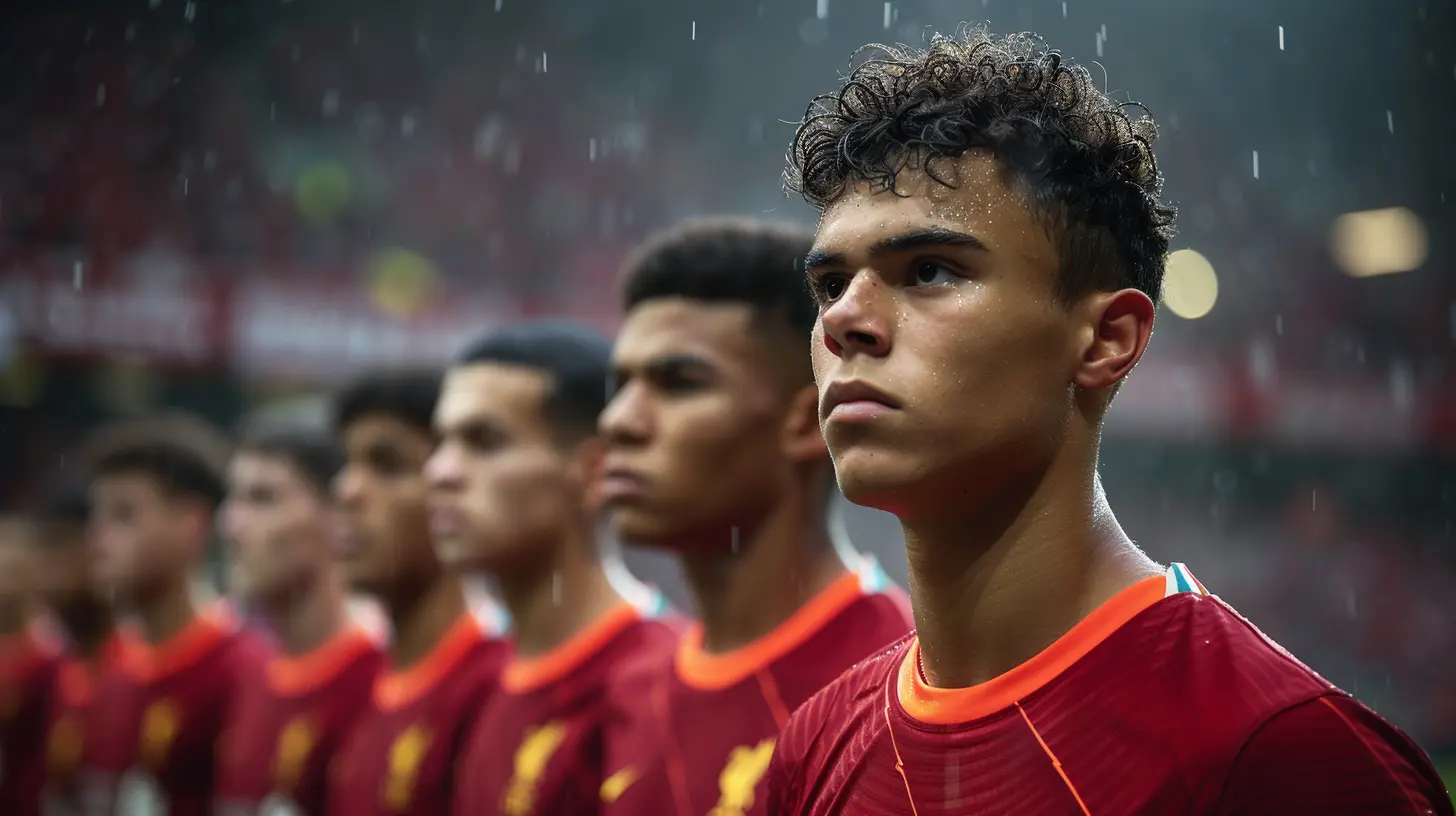
A New Game, A New Generation
First off, football is evolving. The pace, the tactics, even the business behind the scenes—everything’s changing. Today’s game thrives on speed, versatility, and adaptability. Young players often come with insane levels of energy, fearless creativity, and a hunger that you just don’t see with players who’ve “been there, done that.”Think about it—would you rather invest in a 19-year-old winger who can burn past defenders for the next decade, or a 30-year-old whose best days are behind him?
Yeah, us too.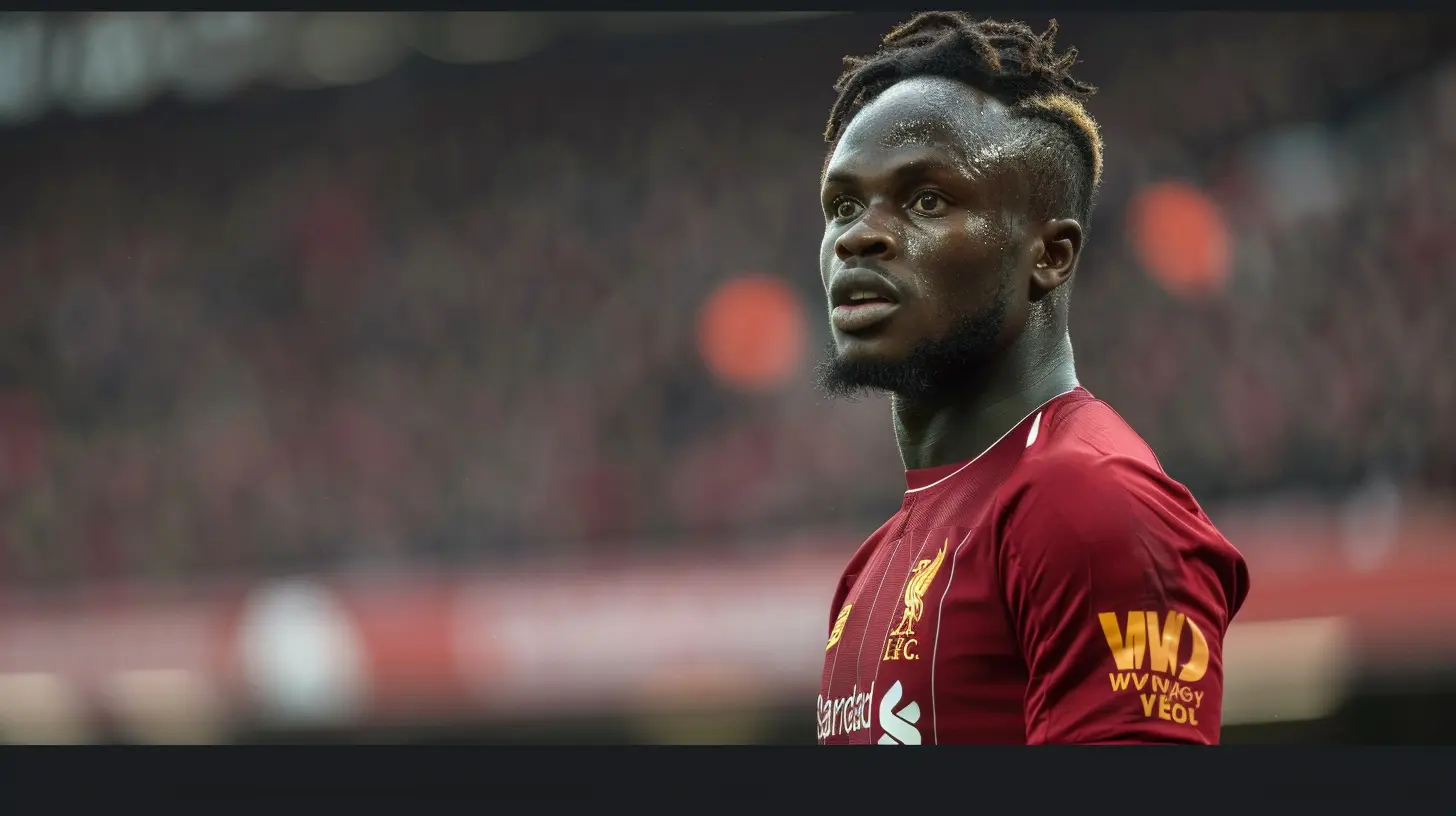
The Rise of the Football Prodigy
We’re living in the golden age of football academies. From La Masia (Barcelona) to Ajax’s famed youth setup, clubs are investing serious time and money into developing young talent. And the results? Well, just take a look around.Kids are breaking into senior teams earlier than ever. Some are debuting at 16 or 17, racking up first-team experience while their friends are still studying algebra. And with platforms like YouTube, TikTok, and social media, these rising stars are known to fans worldwide before they've even signed pro terms.
Clubs aren't just scouting kids—they're branding them as the next big thing.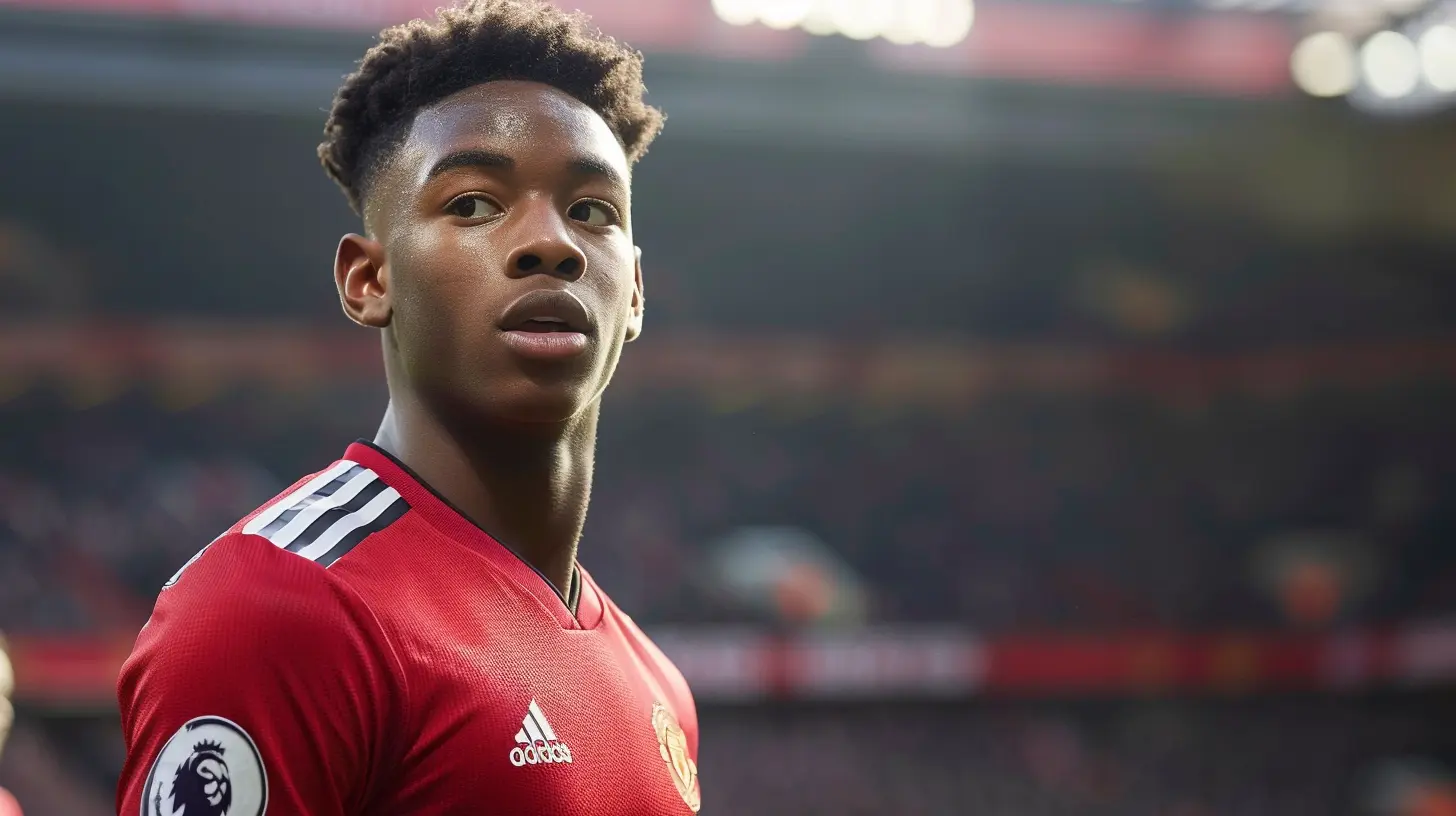
Financial Wisdom: The Youth Investment Model
Let’s get a bit business-y for a second (we promise to keep it interesting).Buying young players isn't just good football strategy; it’s a smart investment. Clubs can purchase a teenager for, say, €8 million, develop him over a few seasons, and—if he pops—sell him for €60 million or more. That’s a profit margin banks would drool over.
On the flip side, buying a veteran with high wages and resale value close to zero? That’s like buying a car that depreciates the second you drive it off the lot.
So, when you look at it through the eyes of club directors and sporting managers, going young just makes sense. It’s lower risk, higher reward.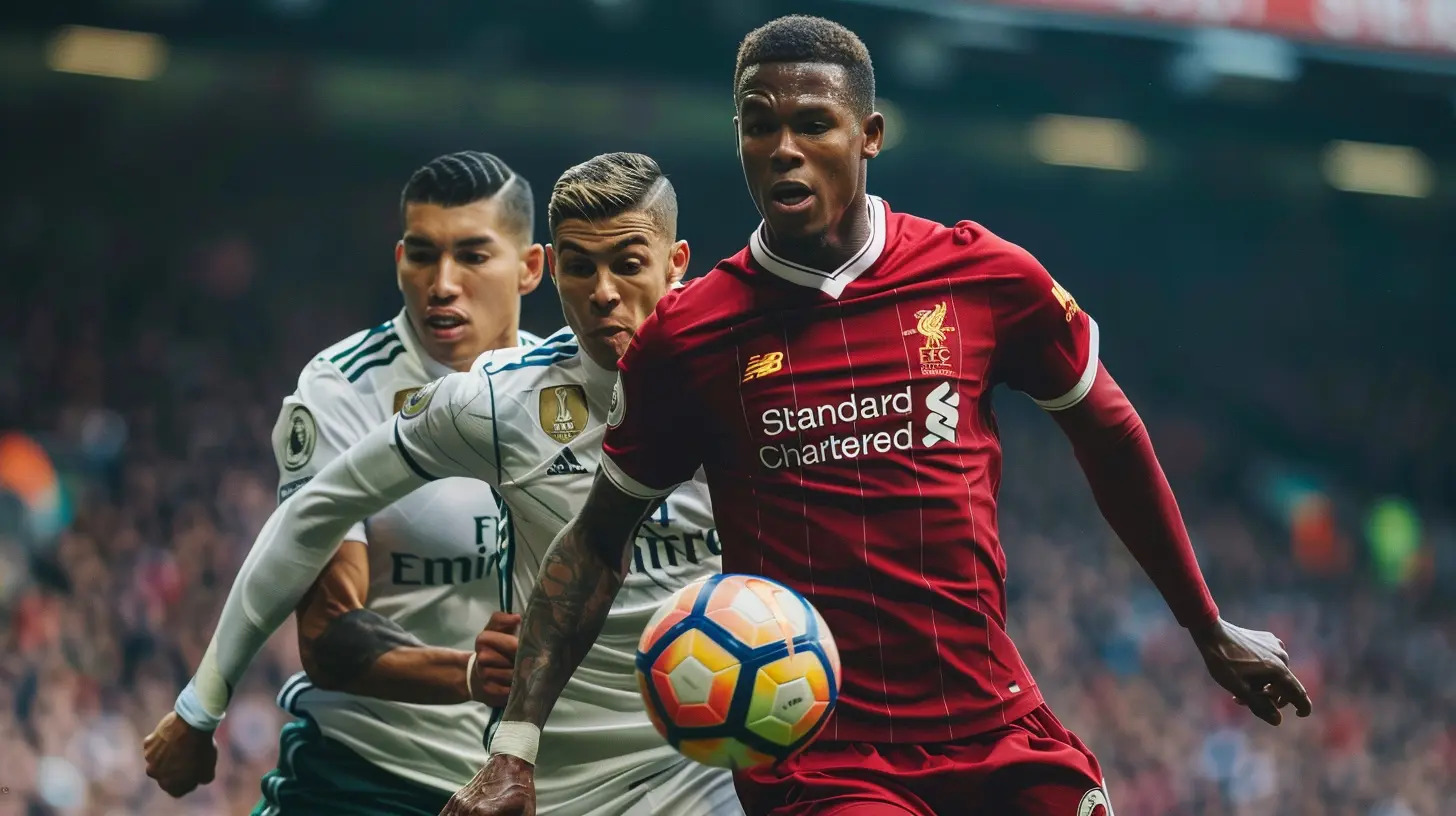
The FOMO Effect (Fear of Missing Out)
You ever notice how when one club pulls off a genius signing, the rest scramble to do the same?Case in point: Jude Bellingham. Signed by Borussia Dortmund as a teenager, exploded onto the scene, and then got snapped up by Real Madrid. That move sent seismic waves across the football world. Now, every big club is on the hunt for "the next Bellingham."
If you’re not signing young, you're falling behind. It’s become a race—and no one wants to be the club that missed the next superstar.
The Influence of Social Media and Branding
Nowadays, a footballer isn’t just an athlete—they’re a brand.You have 18-year-olds with millions of followers, endorsement deals, and their own personal logos. The appeal of signing a young, marketable player is massive. It’s not just about what they bring on the pitch anymore; it’s about what they deliver off it too.
Clubs are now looking at social media metrics as much as goal stats. A young player with charisma and talent can boost shirt sales, grow a club’s global fanbase, and rake in sponsorship deals. It’s football meets entertainment, and the kids are running the show.
Tactical Versatility and Coaching Freedom
Coaches love working with younger players because they’re… well, moldable. They haven’t been stuck in their ways for ten years. You can teach them new positions, build their football IQ from the ground up, and they’re way more likely to buy into a system without questioning every decision.Veteran players often come with egos or fixed playing styles. Younger ones? They’re sponges—eager to learn, eager to adapt.
This tactical flexibility is a massive bonus, especially in modern football systems that require high pressing, positional play, and fluid transitions between defense and attack.
The Longevity Factor
Here’s the simplest math in football: the younger the player, the longer they can serve your team.Buying a 19-year-old means you could be getting a decade of elite-level performance. That’s stability in your squad and continuity on the pitch.
Plus, younger players recover faster, sustain fewer injuries (generally), and can maintain peak physical condition for a longer period. They’re basically high-end sports cars with a warranty.
So why break the bank for a short-term solution when there's a long-term prize waiting?
The Fans Love it, Too
Let’s be honest—there’s nothing more exciting than seeing a 17-year-old academy kid tear it up against seasoned professionals. It brings a sense of pride and hope to the fans. You feel connected to their journey. You’ve been watching them since they were kids, and now they’re wearing your club’s badge on the big stage.Clubs know this. Youth signings drive engagement, click rates, and stronger emotional ties with fanbases. That’s marketing gold.
Standout Young Transfers This Window
Alright, you didn’t think we’d go the whole article without dropping some names, right? Here are a few examples from this window that perfectly illustrate the youth takeover:- Arda Güler (18) to Real Madrid: Turkish wonderkid with a Berbatov touch and Modric vision. Big things ahead.
- Vitor Roque (18) to Barcelona: Dynamic Brazilian forward with Neymar vibes.
- Andrey Santos (19) to Chelsea: Another gem from Brazil; Chelsea are gambling wisely on South American flair.
- Rasmus Højlund (20) to Manchester United: Touted as the "next Haaland," already showing promise with deadly runs in behind.
These aren't just names—they're investments, future stars, and potential Ballon d’Or contenders.
Risks? Of Course There Are Risks
Now, before we crown every teenager as the next Messi, let’s get real: not all young players make it big. For every Bellingham, there’s a Freddy Adu. Talent alone isn't the full picture—mentality, work ethic, injury luck, and the right club environment all play huge roles.But here's the thing—clubs are aware of the risks, and they're better prepared than ever before. They’re offering psychological support, mentorship programs, and individualized training regimes to help these kids handle the pressure.
So yes, it's a gamble. But it's a smarter gamble than it's ever been.
Wrapping It Up: Youth Isn't the Future—It's the Now
This transfer window isn’t just a blip on the radar—it’s a clear sign of where football is heading. The youth movement is in full swing, and clubs are embracing it like never before.From financial logic to tactical rewards, and from fan engagement to brand potential—the reasons are stacking up. Young talent isn’t dominating this transfer window by accident. It’s the result of a calculated, exciting shift that’s reshaping the football landscape.
So next time you see a headline about a 17-year-old being signed for €40 million, don’t scoff. You might just be looking at the next GOAT in the making.
all images in this post were generated using AI tools
Category:
Transfer NewsAuthor:

Onyx Frye
Discussion
rate this article
1 comments
Natalia McCarthy
This article insightfully highlights the shift towards valuing young talent in the transfer market. With clubs prioritizing future potential over immediate impact, it's fascinating to see fresh faces commanding significant fees. This trend not only revitalizes teams but also promises an exciting evolution in the game. Exciting times ahead!
September 1, 2025 at 12:25 PM

Onyx Frye
Thank you! I'm glad you found the article insightful. The shift towards valuing young talent indeed marks an exciting evolution in football.
